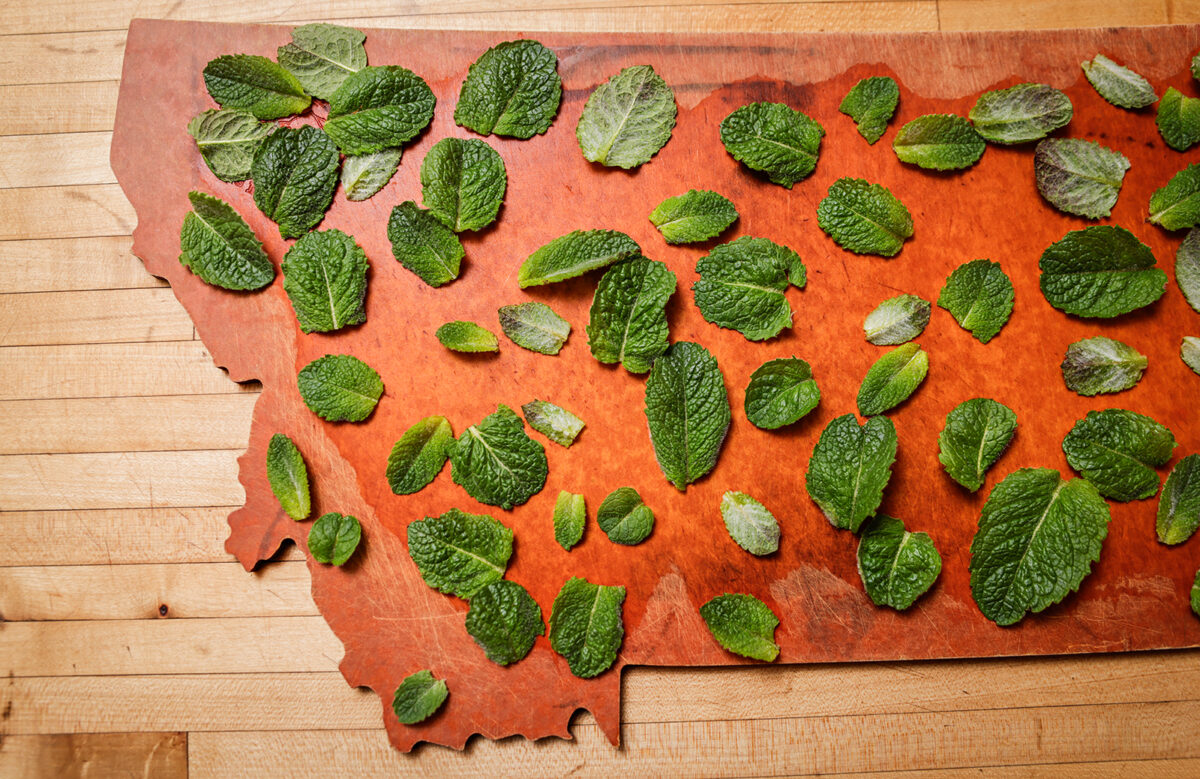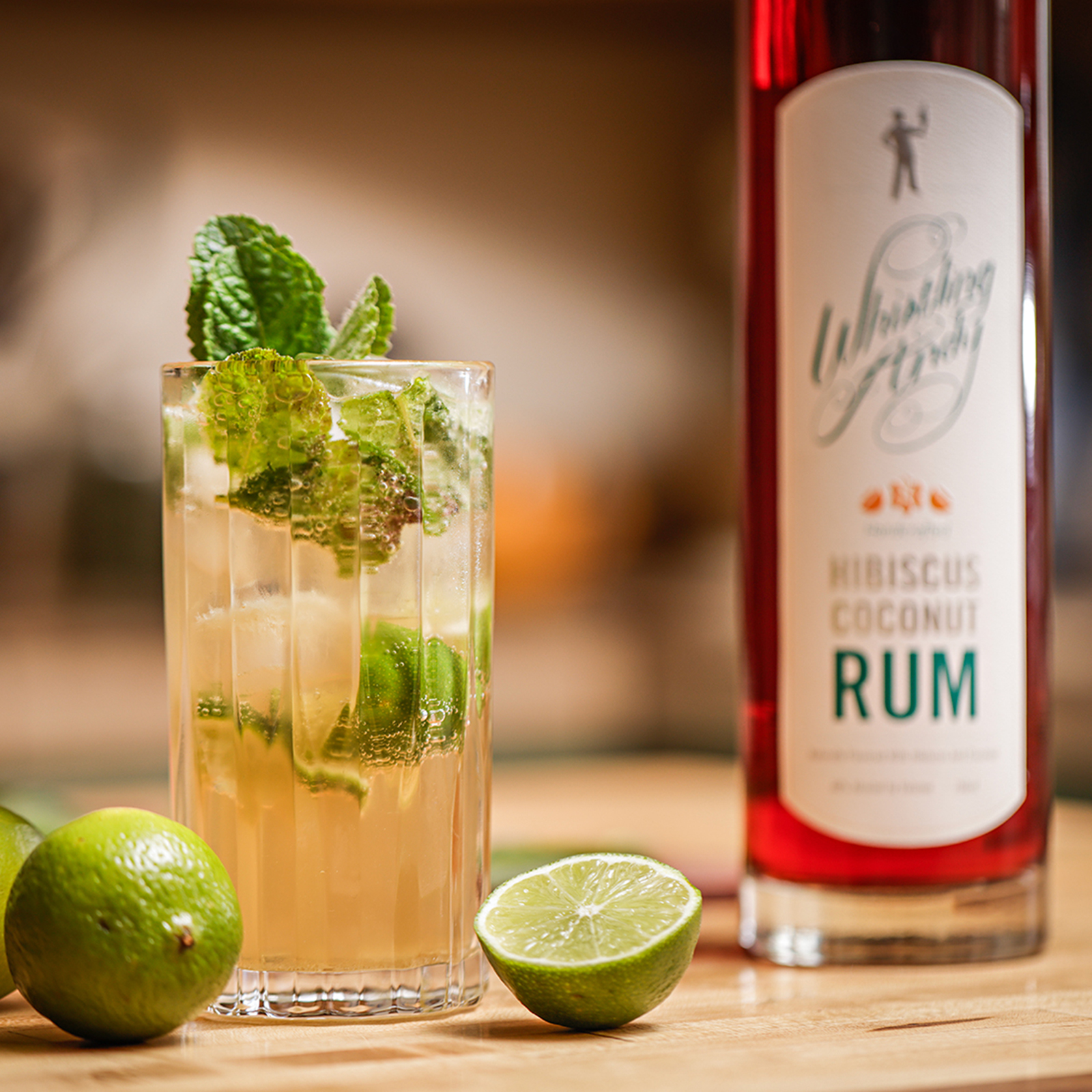In 1586 Sir Francis Drake, English explorer, privateer and accused pirate, approached the shores of Cuba. He had been tasked by Queen Elizabeth I to attack the Spanish New World and seize the piles of gold that had been steadily plundered by their navy throughout much of the preceding century. Spain, being tipped off to Drake’s approach, sent notice ahead to the Cuban governor and ordered him to protect the Aztec gold, securing it in Havana’s royal treasury. With the English fleet anchored in the Havana harbor, the richest port in the West Indies fortified and readied itself to defend King Philip II of Spain’s bounty. Awaiting the imminent attack, the city’s people were astounded when, after several days, Sir Drake pulled up anchor and quietly sailed away. And so Drake, having never stepped onshore, failed in his mission to take from the tiny island colony its riches. However, by necessity and happenstance, he inadvertently managed to leave Cuba with something more valuable than all the gold in that royal treasury.
The long voyage across the sea had not been kind to Drake’s men. By the time they had anchored off the coast of Havana, the crew was enfeebled with scurvy and dysentery. Knowing his men were a sorry lot, Drake ordered one of them to sneak ashore and obtain whatever medicinal ingredients he could to help relieve them of their maladies. This fateful seaman rowed away that night into the darkness and returned just before dawn broke. He had with him an indiscriminate collection of goods including mint, lime, sugar and a crude cane spirit called aguardiente de cana. Sir Drake smartly paired the ingredients together and quickly dispersed the drink to his haggard crew. As the delicious concoction rejuvenated his men, Drake bequeathed the cocktail El Draque, and it served as the foundation for the modern mojito.
Or maybe not. Scouring the internet and literature for a history of the mojito one comes across this tale in more or less the same structure with perhaps a few details altered. One does not find, however, any hard evidence that this ever happened at all. It is the rum equivalent of veteran tour guides, season after season, recounting to new recruits the moment a tourist asked, “At what elevation do the deer turn into elk?” An event which, sure, could have happened, but did it really? Or is it more likely a story passed around for years creating its own self-sustaining mythology? A story, the certainty of which, is enhanced by the sheer delight of its possibility.
According to Wayne Curtis’ book “And a Bottle of Rum: A History of the New World in Ten Cocktails,” “The drink most likely started as a rural farmworker’s favorite in the 19th century — the mint, sugar, and lime could divert a drinker’s attention from the singular nastiness of cheap rum.” This is the story that feels the most true: someone using the elements of their surroundings to create something almost magically.
And rum itself is a bit magical, being first conjured out of the valueless byproducts of the sugar making process. Originally, molasses was mixed with a surface froth from the boiling of sugar cane and left to ripen in dark open pits for several weeks. It was then distilled through copper pots before it was ready for consumption. Though making rum today is a more advanced process, it still retains that original laxity. Rum has no strict standards or specifications, nor does it have geographical boundaries. It adheres to one rule: It is a spirit made from fermenting, then distilling sugarcane molasses or sugarcane juice. It is allowed leniencies not given to other liquors. As Curtis notes, “Rum is the melting pot of spirits — the only liquor available in clear, amber or black variations.”
A traditional mojito is built in the glass. A handful of mint leaves, a tablespoon of sugar, and juice from half a lime are muddled together. After adding some ice cubes, in addition to a jigger of rum, the drink is topped with soda water and a fresh sprig of mint for the nose. It is a drink of luminescence. A drink that looks good in either a backyard or on a beach. A drink perfectly at home cold sweating in a chipped mason jar or elegantly perspiring in a narrow crystal Collins glass. A mojito is a beverage bewitching and vibrant once constructed.
It would be anathema to the drink, and rum itself, however, to follow any rules strictly for appearances. That first farm worker would not have been daunted if he happened to be out of mint for an evening. A lemon in the fridge is better than a lime at the supermarket, and no one would blush at a cucumber, melon, or a couple of blueberries from the backyard. The point of a cocktail is never to be perfect. It’s to be enjoyed. And while the Mojito may be a drink suited for leisure, never forget it was born from adventure. Or maybe not?

Choose Your Own Adventure
Classic Mojito
10-12 Mint leaves
1 Tbsp Sugar
¾ oz. Lime Juice
2 oz. Rum
Soda Water
Made as described in article.
Whistling Andy’s Cucumber Basil Mojito
Originally created specifically for the Bigfork Farmers’ Market using basil and cucumber from local farms.
2 oz. Whistling Andy’s Coconut Hibiscus Rum
¾ oz. Simple Syrup
½ Lime cut into 4 Wedges
2 inches English Cucumber
5-6 Basil Leaves
¼ Cup Soda Water
In a stainless steel shaker: muddle rum, limes, basil cucumber and simple syrup.
Add ice and shake until cold. Pour into Collins glass, top with soda water and garnish with basil and cucumbers. Imbibe!
